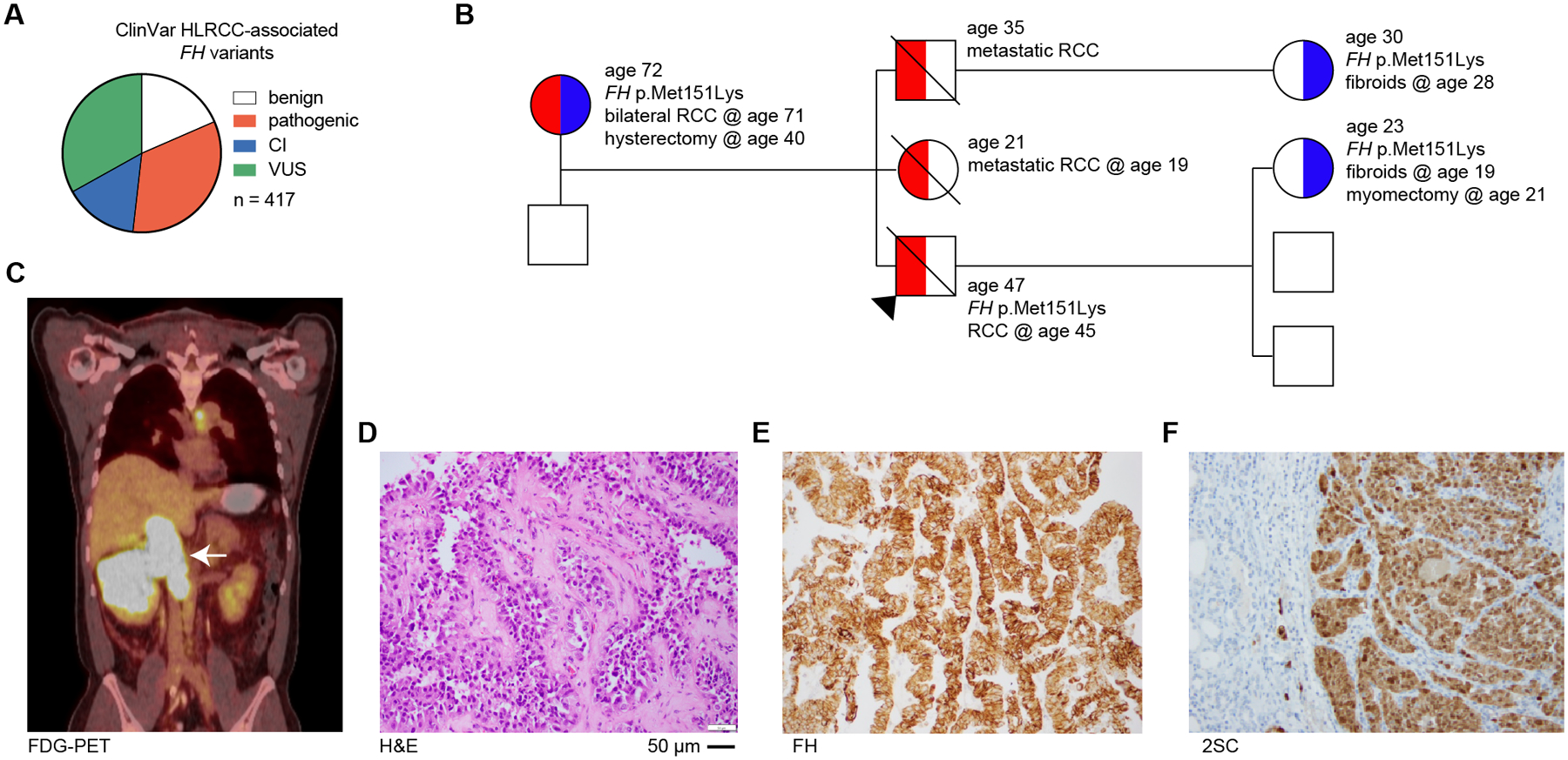Fig. 1: Patient presentation with germline FH variant of uncertain significance, p.Met151Lys, suggests pathogenicity.

(A) Pie chart showing the proportion of HLRCC-associated FH variant classification as either benign (or likely-benign), pathogenic (or likely-pathogenic), conflicting interpretation of pathogenicity (CI), or variant of uncertain significance (VUS) in June 2022. (B) Family history of RCC patient is suspicious of HLRCC. Proband is indicated by black arrow. Colors indicate HLRCC-associated morbidities – RCC (red) and fibroids/hysterectomy/myomectomy (blue). Age is listed for each individual as well as ages at which morbidities manifested or procedures conducted. The presence of FH p.Met151Lys is also indicated. The probands siblings were not tested for FH alterations. (C) [18F]-fluorodeoxyglucose PET/CT scan of patient indicating right renal mass as indicated by white arrow. (D) H&E staining of renal mass demonstrates a typical HLRCC-associated kidney cancer morphology, including eosinophilic papillary architecture with classical peri-nucleolar halos and prominent organiophilic nucleoli. (E) Immunohistochemistry demonstrates the renal mass is FH positive. (F) 2-succinylcysteine (2-SC) is diffusely positive in the cytoplasm and nuclei.
